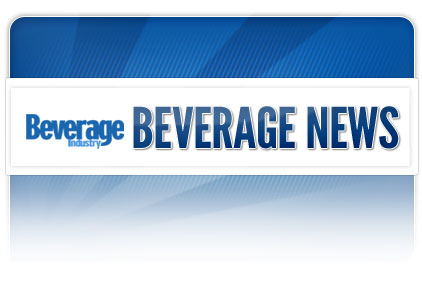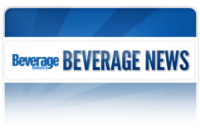A recent IWSR survey commissioned by international wine and spirits exhibition Vinexpo has found that the United States is driving global wine consumption as the alcohol category’s largest wine market.
Consuming 312.5 million cases of wine in 2013, the United States was the only market among the Top 10 wine-drinking countries to show growth compared with the previous year, according to the London-based source for wine and spirits analysis. Although the increase was lower than in preceding years, totaling 5 million more cases, its overall value was sustained by a shift in demand toward the higher end of the market, it reports.
Between 2009 and 2013, global wine consumption increased by 2.7 percent to reach a total of 2.6 billion 9-liter cases, the equivalent to more than 31.7 billion bottles. The IWSR predicts that growth will accelerate by another 1 percent between 2014 and 2018 to reach 2.732 billion 9-liter cases or 32.78 billion bottles.
Among the different wine varietals, red wine continues to dominate, representing 54.8 percent of all still wine consumed in 2013, even as reduced demand, primarily in China, drove worldwide consumption down by 19.8 million cases. Rosé is the wine category least affected by the 2013 slump in demand, with 2013 global sales at 219.1 million cases compared with 219.7 in 2012. Sales are thriving in the three primary rosé consumer markets: France, the U.K. and the U.S., it reports.
Sparkling wine, excluding Champagne, accounted for 8 percent of global wine consumption in 2013 and is expected to grow to 8.9 percent by 2018, IWSR reports. Between 2009 and 2013, U.S. consumption of sparkling wines grew by 23 percent, with another 15 percent growth expected between 2014 and 2018. Cava sales, spurred by growth in imports to Belgium, Nigeria and France, escalated by more than 100,000 cases in 2013, and Prosecco exports doubled, it reports. In the U.K. alone, Prosecco sales increased by more than 1 million cases, it adds.
Meanwhile, Champagne consumption fell by 1.4 percent globally in 2013, primarily because of shrinking demand in France, the U.K. and the United States. However, sales are rising in several key countries, including Australia and Japan, IWSR notes.
Overall import sales remain robust, with more than a quarter (29.5 percent) of all wine bottles, or 720 million cases, consumed in 2013 being imports. Imported wines are expected to grow by another 6.1 percent by 2018, outpacing a predicted 3.5 percent increase in overall wine sales. Italy and Australia are the most important suppliers of imported wines to the U.S. market, with France in third place but on the rise as maturing American wine consumers are drawn to what is widely seen as the home of fine wine, the IWSR states.
In the spirits category, global spirits consumption reached nearly 3.1 million 9-liter cases in 2013, an increase of 19.1 percent from 2009. This growth is expected to continue at a rate of 3 percent, reaching nearly 3.2 million cases by 2018. Asia-Pacific accounts for 63 percent of the world’s total spirits consumption, the IWSR states.
Whisky and bourbon sales are projected to rise 8.8 percent and 19.3 percent, respectively, during the next five years. Russia, Brazil, Mexico, India and Poland are driving this rise, adding more than a million cases to their total consumption between 2009 and 2013, the IWSR says.
Although vodka holds its position as the leading “international” spirit, demand for this spirit is stabilizing, according to the IWSR. The current 492.7 million cases represent a rise of 0.5 percent since 2009, and IWSR research reveals that the tax increase imposed in Russia has significantly slowed growth in that country, turning young consumers toward trendier alcohol beverages.
Cognac and armagnac sales increased by 19 percent between 2009 and 2012, with demand flourishing in Asian markets. Although 2013 growth in the region has been curtailed by the Chinese government’s anti-corruption legislation, five-year forecasts remain positive and anticipate 3.5 percent growth, IWSR reports. Healthy sales in this spirits segment are particularly expected in America, the biggest market for cognac exports, it adds.


